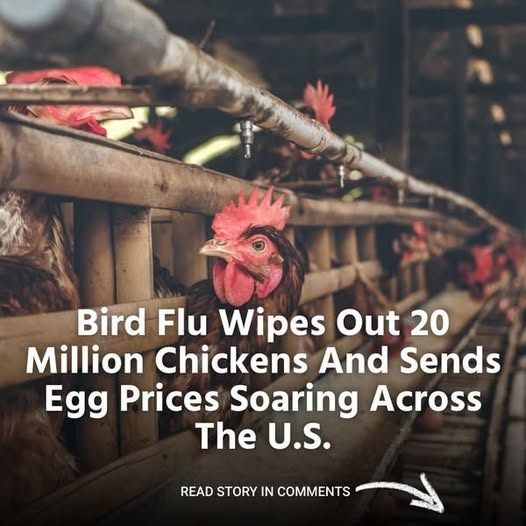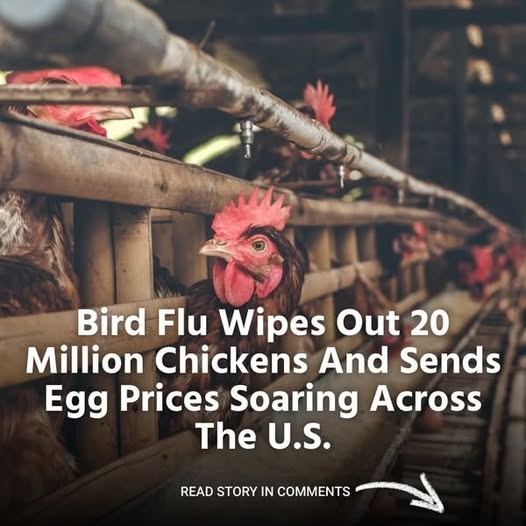
Egg prices have reached record highs due to a devastating outbreak of avian flu, highlighting the fragility of the global food supply chain. Millions of chickens have been culled in response to the outbreak, leading to a sharp decline in egg production and an inevitable surge in prices. But how did a single outbreak cause such a dramatic shift in the market? Let’s break it down.
The Bird Flu Crisis: A Widespread Impact
The current avian flu outbreak has reached alarming levels, forcing egg producers to take drastic measures. More than 20 million egg-laying hens have been culled to contain the spread of the virus, significantly reducing the available supply of eggs. As a result, consumers are now facing historically high prices at grocery stores, with some regions experiencing shortages.
According to the United States Department of Agriculture (USDA), “The disease has impacted all major production systems,” meaning that no method of poultry farming—whether conventional, cage-free, or organic—has been spared from the outbreak’s effects. The scale of destruction underscores how vulnerable the agricultural sector is to sudden disease outbreaks.
How the Virus Spreads Rapidly
One of the most concerning aspects of this outbreak is the ease with which the virus spreads. Wild birds act as silent carriers, transmitting the disease without showing symptoms themselves. As they migrate across regions, they unknowingly infect domestic flocks, making containment efforts exceptionally challenging.
Since wild birds show no signs of illness, it’s difficult to track and stop the virus from spreading. This has led to fears that additional outbreaks could further strain egg supplies and keep prices high for the foreseeable future.
The Economic and Consumer Impact
With egg production disrupted, consumers are feeling the pinch. Prices have surged by as much as 60% in some areas, making a household staple more expensive than ever. This price hike isn’t just affecting grocery shoppers—bakeries, restaurants, and food manufacturers that rely on eggs as a key ingredient are also struggling to absorb the rising costs.

What’s Next? Potential Solutions and Industry Adaptations
The egg industry is working on mitigation strategies, including enhanced biosecurity measures and exploring alternative supply sources. Some producers are ramping up efforts to vaccinate flocks in an attempt to curb the outbreak, but widespread vaccination remains a complex and controversial issue.
Until the outbreak is fully contained, consumers should prepare for continued volatility in egg prices. The situation highlights the need for more resilient food production systems that can better withstand disease outbreaks and supply chain disruptions.
Stay informed as we track the ongoing developments in this unprecedented avian flu crisis and its impact on the food industry.


